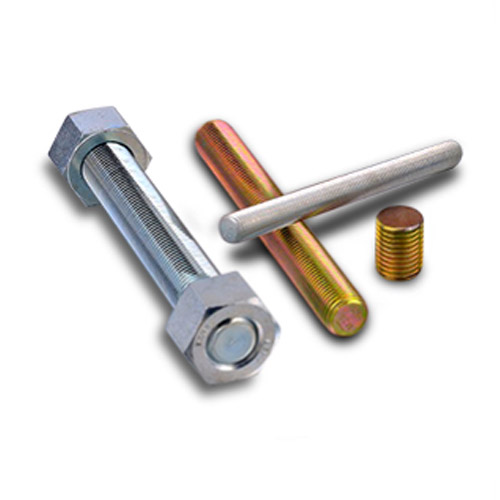दिसम्बर . 25, 2024 09:17 Back to list
Types of Fixture Clamps for Various Applications and Uses in Industry
Understanding Fixture Clamp Types A Comprehensive Guide
Fixture clamps are essential tools in various industries, playing a crucial role in securing and stabilizing workpieces during machining, welding, or assembly processes. They ensure precision and safety, preventing any unwanted movement that could lead to defects or accidents. Among the different types of fixture clamps, each serves a unique purpose and is designed for specific applications. This article will explore the various types of fixture clamps, their uses, and the considerations to keep in mind when selecting the appropriate clamp for your project.
1. C-Clamps
C-clamps are among the most common types of fixture clamps. They get their name from their C-shaped frame, which offers a strong grip on workpieces. These clamps can be adjusted for different thicknesses, making them versatile for various applications. They are best suited for woodwork, metalworking, and situations where a firm grip is necessary. The design allows users to apply significant pressure, ensuring a secure hold without damaging the workpiece.
2. Toggle Clamps
Toggle clamps are popular in assembly operations due to their efficiency and quick release mechanism. They utilize a toggle mechanism that allows for a significant locking power with minimal effort. These clamps come in various configurations, including vertical and horizontal types, each tailored for specific applications. For instance, vertical toggle clamps provide ample down pressure, making them ideal for holding parts in place during machining, while horizontal toggle clamps are better for flat surfaces.
3. Pipe Clamps
As the name implies, pipe clamps are designed to hold cylindrical objects, making them perfect for plumbing or welding applications. Their unique design enables them to accommodate various pipe sizes while providing a reliable grip. They can also be used for holding irregular shapes, making them a flexible option in many settings. When working with round stock or pipes, selecting the right pipe clamp ensures stability and precision during the installation process.
fixture clamp types

4. Spring Clamps
Spring clamps are lightweight and easy to use, featuring a simple design that allows users to open and close them with one hand. These clamps are excellent for temporary holds, making them ideal for light-duty applications like crafts or woodworking. While they may not provide the same holding power as heavy-duty clamps, their convenience and ease of use make them an essential tool in many workshops.
5. Cam Clamps
Cam clamps use a cam lever mechanism to apply pressure, providing quick adjustments and secure holds. They are particularly beneficial in situations where frequent repositioning of workpieces is required. Cam clamps are commonly found in woodworking and metalworking tasks, where efficiency and speed are essential. The ability to quickly tighten or loosen the clamp makes it a preferred choice for professionals who need to increase productivity.
6. Fixture Clamps for CNC Applications
With the rise of CNC (Computer Numerical Control) machining, specialized fixture clamps have been developed to meet the unique demands of automated manufacturing. These clamps are designed to accommodate the rapid changes in workpieces often required in CNC operations. They are engineered for high precision and can be quickly adjusted to suit different sizes and shapes, enhancing overall workflow efficiency.
Conclusion
Selecting the appropriate fixture clamp type is crucial for ensuring accurate and safe operations in various industrial applications. Understanding the characteristics and uses of each type of clamp allows professionals to make informed decisions that enhance productivity and work quality. Whether you're working in metal fabrication, woodworking, or automated machining, the right fixture clamp can make a significant difference in the success of your project. As you explore the different options available, consider the specific requirements of your task and choose a clamp that will deliver optimal results.


